Optimal Seasons for Foundation Repairs
Foundation repairs are most effective when performed during specific seasonal conditions that minimize soil movement and moisture fluctuations. Understanding the optimal timing can help ensure the longevity and stability of the repair work.
Spring offers moderate temperatures and manageable moisture levels, making it suitable for foundation work. However, heavy rains can sometimes delay projects.
Warm weather and dry conditions typically facilitate quicker repairs. Extreme heat, however, may impact curing times for certain materials.
Cooler temperatures and reduced rainfall create favorable conditions for foundation repairs. Fall is often considered ideal for scheduling work.
Cold temperatures and potential freezing conditions can hinder foundation repair work. In colder climates, winter is generally avoided unless indoor or heated work is possible.
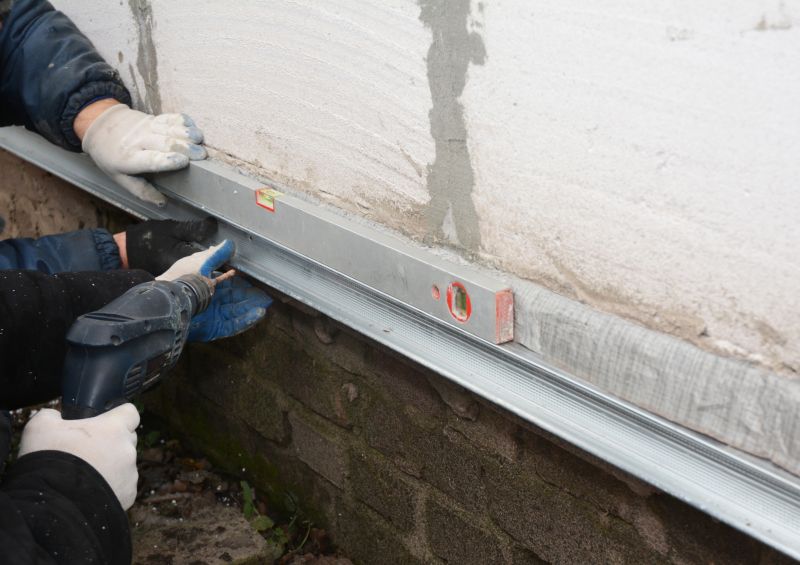
Spring's moderate climate supports effective foundation repair projects.

Dry summer months can accelerate repair processes and curing times.
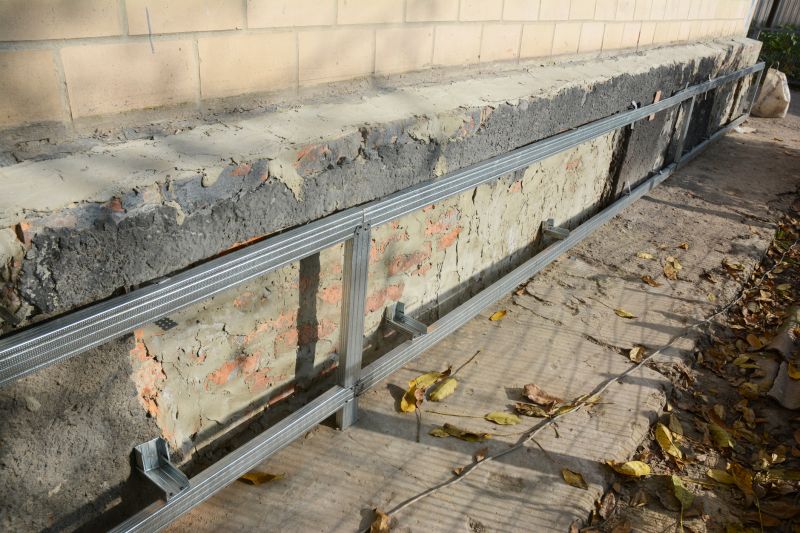
Fall's cooler temperatures make it an optimal season for foundation stabilization.
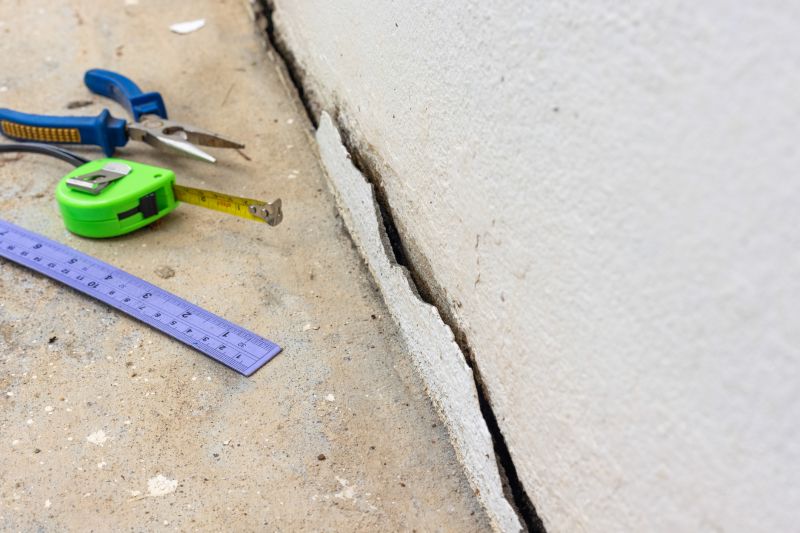
Ways to make Foundation Repairs work in tight or awkward layouts.
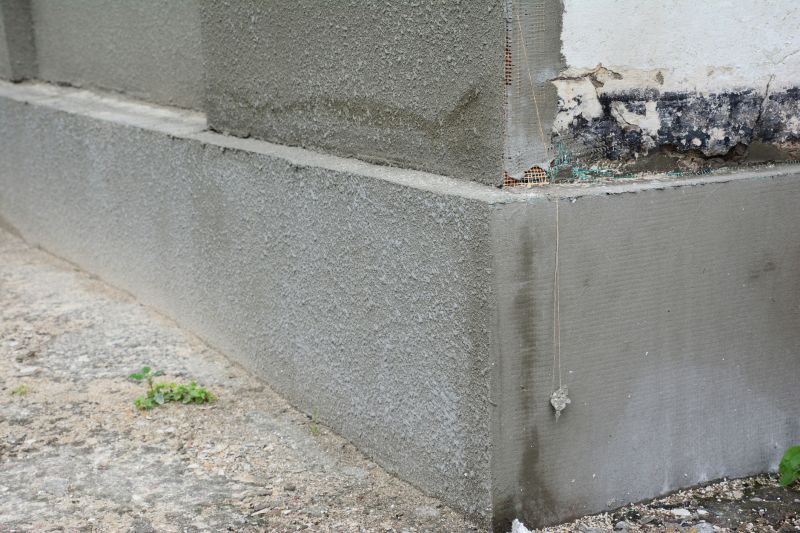
Popular materials for Foundation Repairs and why they hold up over time.
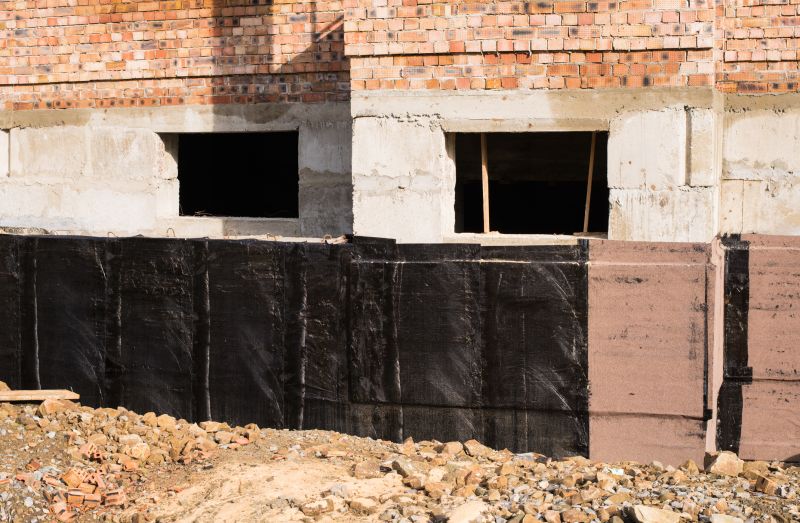
Simple add-ons that improve Foundation Repairs without blowing the budget.
Foundation repairs are essential for maintaining structural integrity and preventing further damage to properties. Soil conditions, moisture levels, and weather patterns significantly influence the success of repair projects. Proper timing ensures that repairs are durable and effective, reducing the likelihood of recurring issues. Seasonal considerations include avoiding extreme cold or excessive moisture, which can compromise repair materials and techniques.
Soil expands when wet and contracts when dry, impacting foundation stability. Repairs are best scheduled during periods of stable soil moisture.
Rain, snow, and temperature fluctuations can delay or hinder repair work, emphasizing the importance of choosing optimal seasons.
Proper curing of materials like concrete depends on consistent temperatures and humidity levels, influencing timing decisions.
Seasonal planning includes inspections during dry months to assess foundation conditions and prepare for repairs.
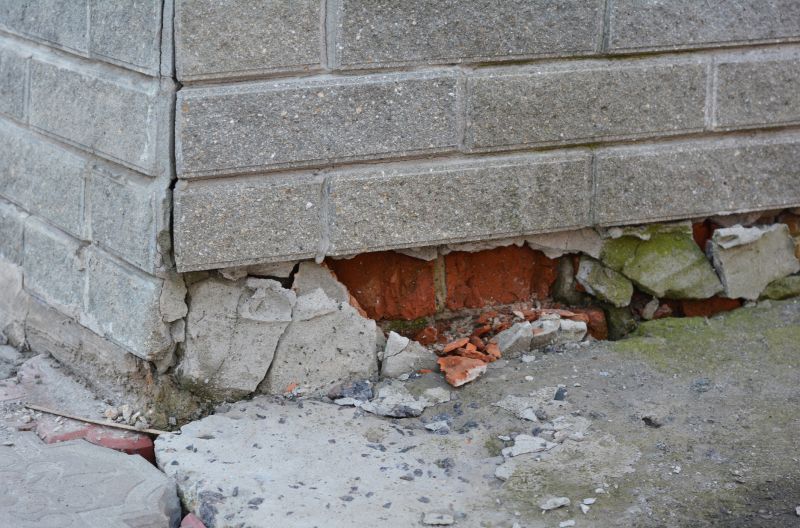
Timely repairs prevent further structural damage.
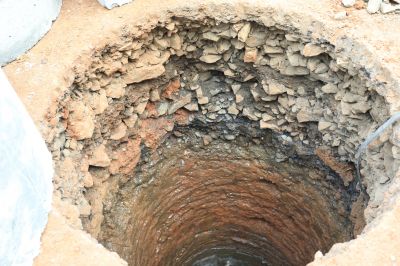
Proper timing supports effective soil stabilization.

Weather plays a crucial role in repair success.
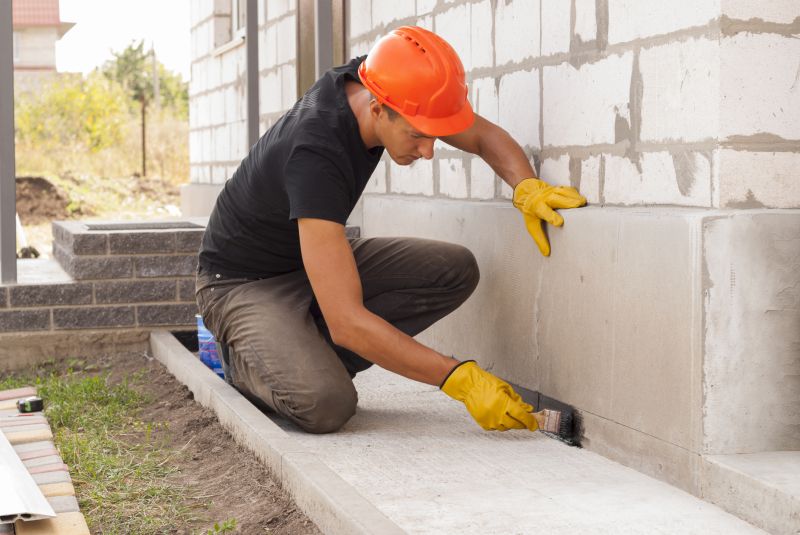
Properly timed repairs ensure durability.
| Season | Ideal Conditions |
|---|---|
| Spring | Moderate temperatures, manageable moisture, low rainfall |
| Summer | Warm, dry conditions, quick curing |
| Fall | Cooler temperatures, minimal rainfall, stable soil moisture |
| Winter | Cold temperatures, potential freezing, generally avoided |
Choosing the right season for foundation repairs can significantly influence the outcome and longevity of the work. Consulting with foundation specialists can help determine the most suitable timing based on local climate conditions and soil characteristics. Proper planning and seasonal awareness are key to ensuring a stable and durable foundation.
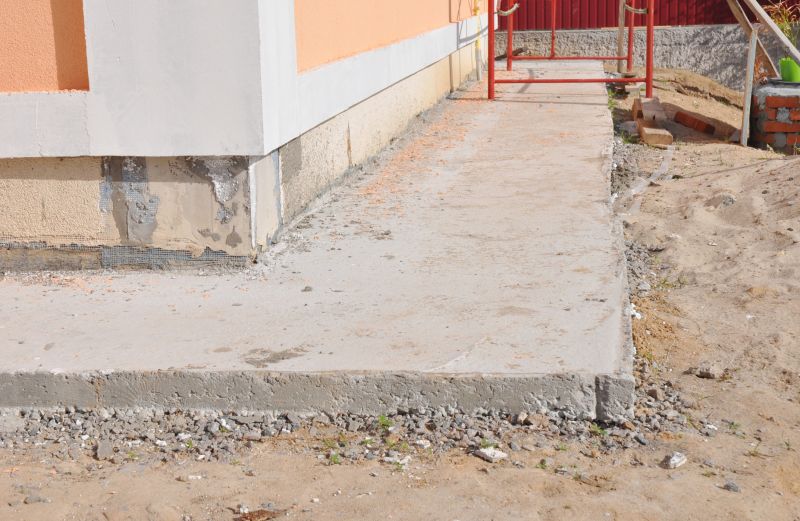
Expert repairs during optimal seasons enhance durability.
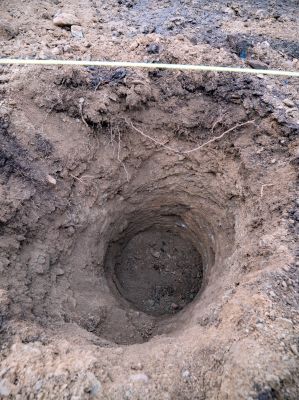
Soil analysis informs the best repair schedule.
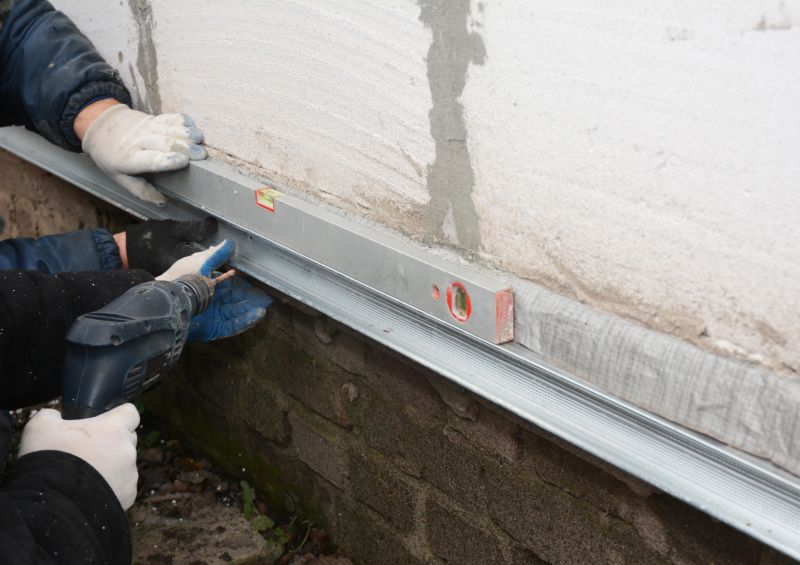
Proper timing ensures effective use of equipment.
Interested property owners in Lafayette, IN, can benefit from scheduling foundation repairs during the most suitable seasons. Proper timing reduces risks, improves repair quality, and extends the lifespan of the foundation. For further assistance, filling out the contact form can connect property owners with local foundation specialists experienced in seasonal considerations.

